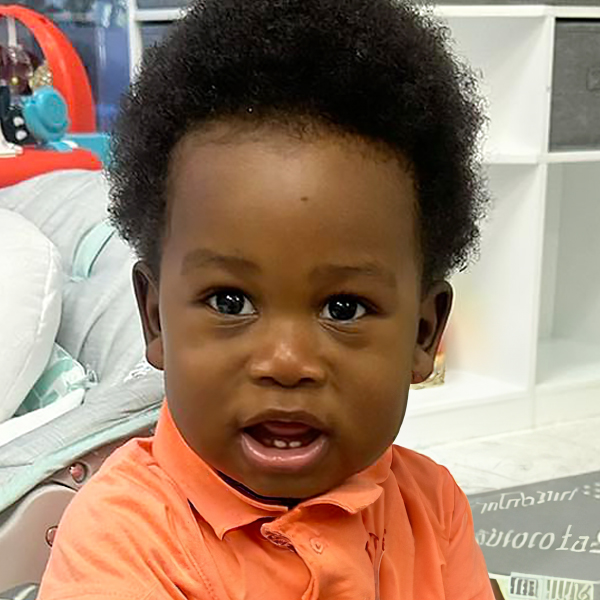Teaching manners to children between the ages of 3 and 5 is paramount for their social and emotional development. These formative years provide an ideal window for instilling basic social etiquette that will shape their interactions throughout life. The question of when to start teaching manners to toddlers often arises, but experts agree that it’s never too early to begin laying the groundwork for polite behavior. Early exposure to manners sets the stage for positive social interactions, fosters empathy, and cultivates respect for others. Let’s delve into why this is so crucial and explore five examples of manners to teach, along with practical ways to implement them.
Why Start Early?
At the tender ages of 3 to 5, children are like sponges, absorbing everything in their environment. This is the prime time to introduce them to the concept of manners as they begin to form their understanding of social norms and expectations. By starting early, we can ingrain good manners as habits, making them an integral part of a child’s personality.
Examples of Manners and How to Implement Them:
- Saying “Please” and “Thank You”: Encourage your child to use these magic words consistently. Model polite behavior by saying them yourself. Prompt your child to say “please” when requesting something and “thank you” when receiving it.
- Sharing and Taking Turns: Teach your child the importance of sharing toys and taking turns during playtime. Set up playdates where sharing is encouraged, and praise your child when they exhibit this behavior. Use a timer to help them understand turn-taking.
- Using Kind Words: Emphasize the power of kind words and discourage hurtful language. Teach phrases like “excuse me,” “I’m sorry,” and “may I?” to promote empathy and consideration for others’ feelings.
- Table Manners: Start teaching basic table manners like sitting properly, using utensils, and chewing with mouths closed. Model these behaviors during family meals and offer gentle reminders when necessary. Make mealtime enjoyable by engaging in conversation and praising your child’s efforts.
- Respecting Personal Space: Teach your child to respect others’ personal space by asking before hugging or touching someone. Role-play different scenarios to demonstrate appropriate boundaries, and praise your child for respecting them. Use the 3 R’s approach: Repeat. Show children what to do and practice with them in a relaxed environment. “Doing it with them — more than once — is much more effective than just telling them what to do,” , Remind. Before heading into a social situation, remind your children what you expect of them, as “there’s no point reacting to a child’s behavior after the fact.” Reinforce. Compliment them on their behavior to drive the message home. “Smile at them, give them a hug and show that you are proud of them!” “Only encouragement will spur positive behavior.”
Conclusion:
Introducing manners to children aged 3 to 5 is not just about politeness; it’s about equipping them with essential life skills. These formative years lay the foundation for healthy social interactions, empathy, and respect for others. By starting early and consistently reinforcing positive behavior, we empower our children to navigate the complexities of human relationships with grace and consideration. So, let’s embark on this journey of manners together, shaping a generation that not only knows how to behave politely but also understands the significance of kindness and respect in a diverse world. The Enrichment Nest is always here to partner with you in rearing the best child possible.
Below is a recommended list of books that will assist you in teaching your child etiquette:
- Llama Llama Time to Share” by Anna Dewdney.
- Do Unto Otters: A Book About Manners” by Laurie Keller.
- When Grandma Gives You a Lemon Tree” by Jamie L.B. Deenihan.
- Emily Post’s Table Manners for Kids” by Cindy Post Senning.
- Dude, That’s Rude! (Get Some Manners)” by Pamela Espeland.






